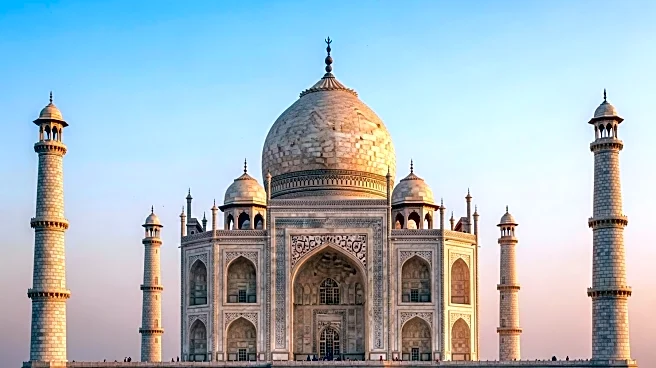The Taj Mahal, a symbol of love and architectural brilliance, has a rich history marked by significant milestones. Commissioned by Mughal Emperor Shah Jahan in memory of his wife Mumtaz Mahal, the construction of this iconic mausoleum spanned over two decades, involving thousands of artisans and laborers.
Early Milestones
The foundation of the Taj Mahal was laid in 1632, a year after Mumtaz Mahal's death. The initial phase involved stabilizing the riverbank and constructing the massive plinth that would support the mausoleum. This early milestone set the stage for the subsequent construction of the main structure.
Breakthrough Moments
A breakthrough moment in the construction of the Taj Mahal was the completion of the main mausoleum in 1648. This marked the culmination of years of meticulous planning and labor, resulting in a stunning architectural masterpiece. The use of white marble and intricate inlay work set a new standard for Mughal architecture.
Recent Developments
In recent years, the Taj Mahal has undergone several restoration projects to preserve its beauty and structural integrity. Efforts have been made to address environmental pollution and the effects of acid rain, which have caused discoloration of the marble. Restoration measures, including the application of mud packs, have been implemented to restore the monument's original luster.
Lasting Impact
The Taj Mahal's lasting impact is evident in its status as a UNESCO World Heritage Site and one of the New 7 Wonders of the World. It continues to attract millions of visitors each year, drawn by its architectural beauty and the poignant love story it represents. The Taj Mahal remains a symbol of India's rich cultural heritage and a testament to the enduring power of love.
 Discover Daily • 8 min read
Discover Daily • 8 min read 









